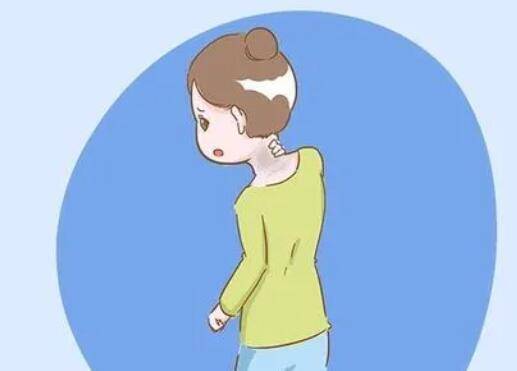Under normal circumstances, the endometrium grows inside the uterine cavity, influenced by female hormones in the body, shedding once a month to form menstruation. If fragments of the endometrium shed during menstruation flow back through the fallopian tubes into the pelvic cavity, implanting on the surface of the ovaries or other areas of the pelvis, they form ectopic cysts. This ectopic endometrium is also influenced by sex hormones and sheds and bleeds repeatedly with the menstrual cycle.
If the ectopic endometrium implants on the ovary, it is referred to as an ovarian chocolate cyst. If not managed properly, it can affect the normal function of the ovaries and subsequently lead to a decline in the quality and quantity of eggs. Therefore, when preparing for in vitro fertilization treatment, it is necessary to first perform surgery to remove the cyst while preserving the ovarian reproductive capacity.
As long as the ovaries are properly managed and maintain ovulation function, actively promoting ovulation can still yield usable eggs, making successful implantation via in vitro fertilization possible.
What adverse symptoms can chocolate cysts cause in childbirth?
1. Infertility
Chocolate cysts can lead to disrupted ovarian function, resulting in anovulation or abnormal ovulation, which can cause female infertility.
2. Irregular menstruation
Dysmenorrhea is a prominent symptom of ectopic endometrium but is often an overlooked precursor. Chocolate cysts can cause changes in menstruation, most notably irregularities, leading to long-term dysmenorrhea or periodic localized bleeding. Some patients may even experience significantly prolonged menstrual cycles.
3. Periodic lower abdominal discomfort
This symptom occurs more frequently than dysmenorrhea. Women must pay attention to this symptom to avoid confusing it with other factors.
4. Periodic bladder irritability symptoms
During menstruation, symptoms like urgency and frequency of urination may occur; if the condition develops to the bladder mucosa, it can lead to periodic hematuria and pain.


